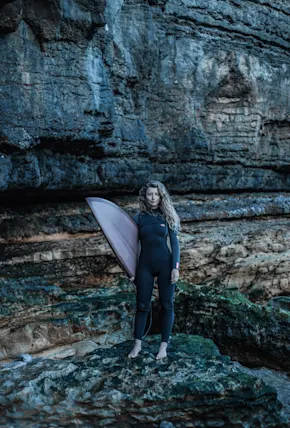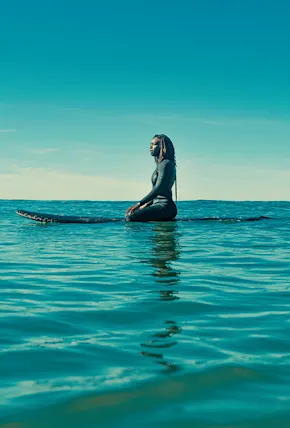As someone who seems to gravitate toward Type Two Fun—rock climbing, long-distance biking, etc—and someone whose access to these activities is sometimes limited by living in New York City, taking up winter surfing in the frigid Atlantic waters off the coast of Queens somehow seemed like a logical thing to do. After years of being a seasonal surfer, riding waves in the warmer months and taking November to March off (minus the occasional tropical trip) I'd wonder why I wasn't improving as much as my friends who were paddling out at dawn in 40-degree waters.
The idea of wrestling my way out of that straitjacket with gloves on while shivering on the beach never appealed to me (can you blame me?), but this year, I finally decided to burl up and get myself a proper winter kit. But who makes the best wetsuit for winter? There's an abundance of wetsuits to choose from for cold water surfing, and every surfer seems to have a strong opinion on which is the best. (Surely anything modern design is going to be better than the back zip wetsuit you’ll find for rent at the local surf shop.) They're expensive, and if you're going to commit to purchasing one—along with gloves and booties—you want to make sure you're getting something that really works for you.
After literally running into a friend’s FERAL wetsuit hanging to dry on their porch at Far Rockaway, and being immediately impressed by the flexibility and soft handful of the neoprene—and then remembering my tendency to feel claustrophobic in any wetsuit—this more pliable option from the small San Francisco-based brand seemed a logical place to start. The following is both a proper FERAL wetsuit review and a brand history lesson. With some well earned insight mixed in. Read on and enjoy. Then log off and get out for a paddle yourself.











